New Zealand Adventure
December and January 2019-2020
Akaroa: Thursday, January 2nd
It was our last morning at the lavender farm: how lovely to fall asleep at night and wake up again to the sound of birds and sheep! It was also our last day of driving, really--we packed up after breakfast and drove two hours south to Christchurch, seeing a few more little penguins on a beach by the side of the road, and a bunch more seals. We pulled into Christchurch at noon and went to our motel (Camelot Motor Lodge, very cute little two-story units with turrets outside) to put down our stuff. Then we stopped for lunch at the Little High Eatery food hall for ramen, chicken onigiri, a bento box with chicken karaage and tempura shrimp, and a salmon haloumi and avocado burger and chips. It was all delicious, and we gassed up and drove a bit over an hour further south to Akaroa. It was a super twisty drive, but Helen fell asleep and no one got sick, so all in all a good drive. We stopped at Barry's Bay Cheese Shop, fifteen minutes outside of Akaroa, for samples and some Gruyere-style cheese, and then drove on to a rocky beach in a protected area, where you couldn't even remove any shells or rocks. Helen found lots of "unicorn horn" shells, and I helped Samantha and Helen make a shell-scape of a house, while Marcus found a little fossil (we think) and Robert lay down on a blanket and took a nap.
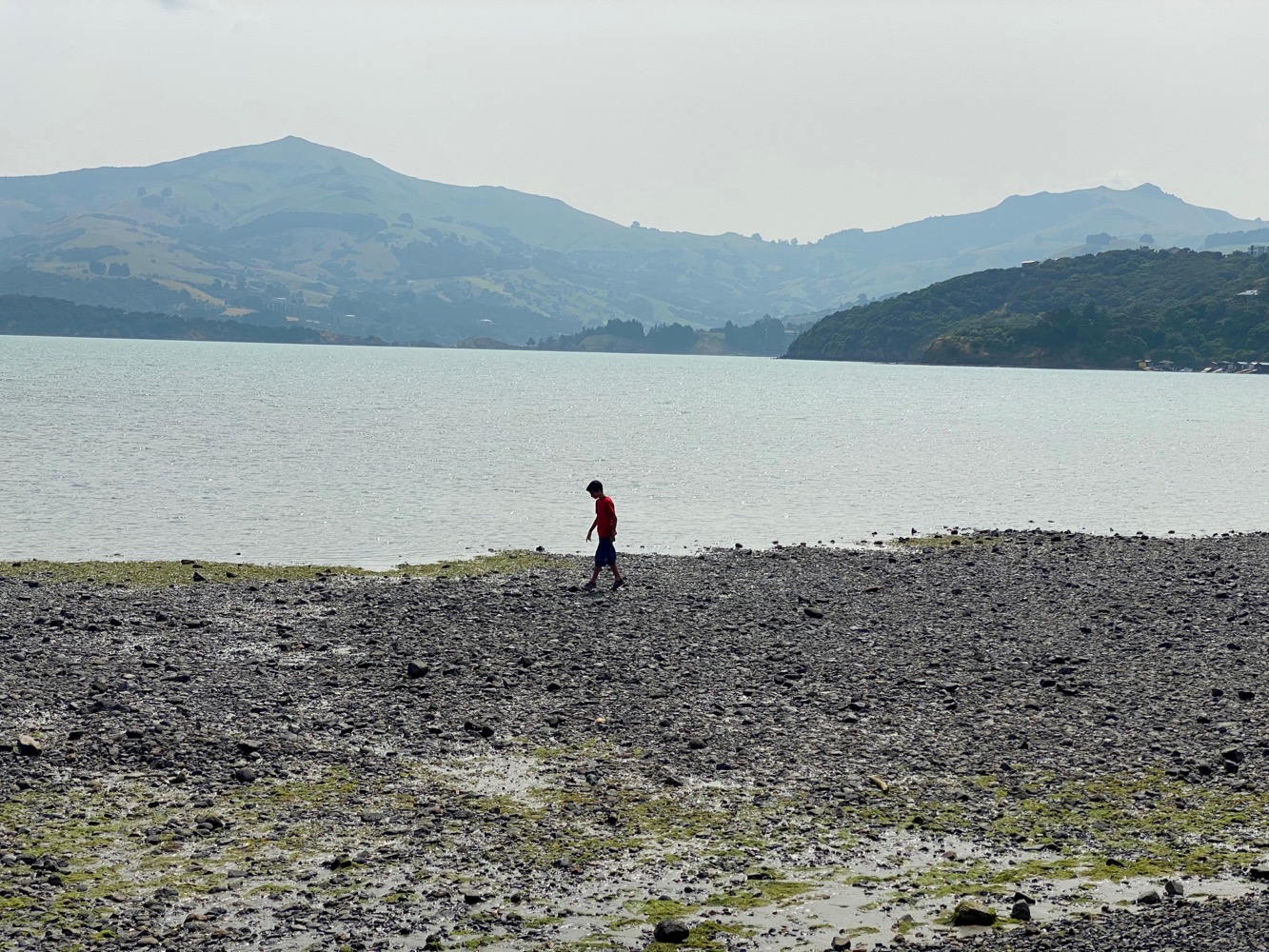

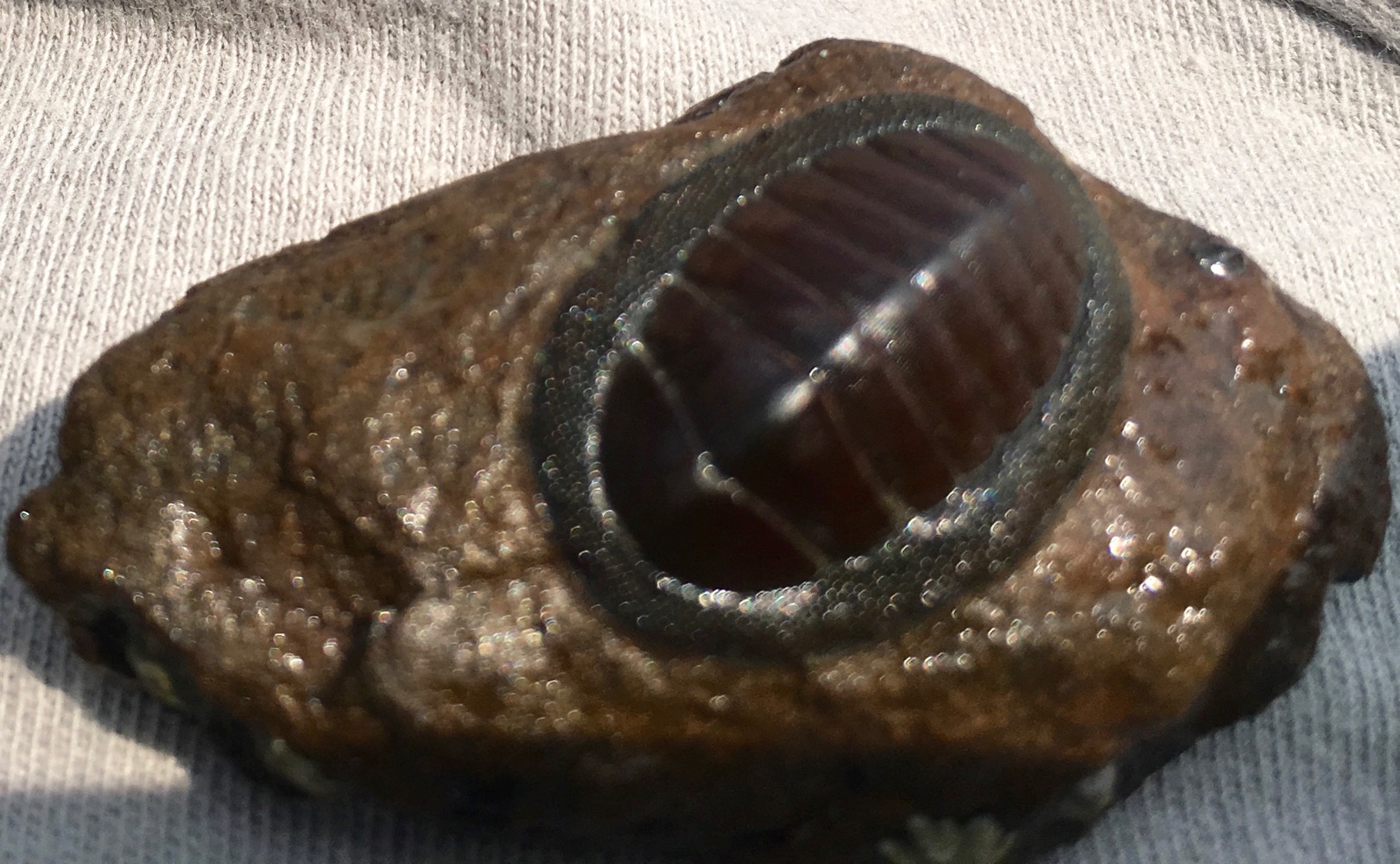
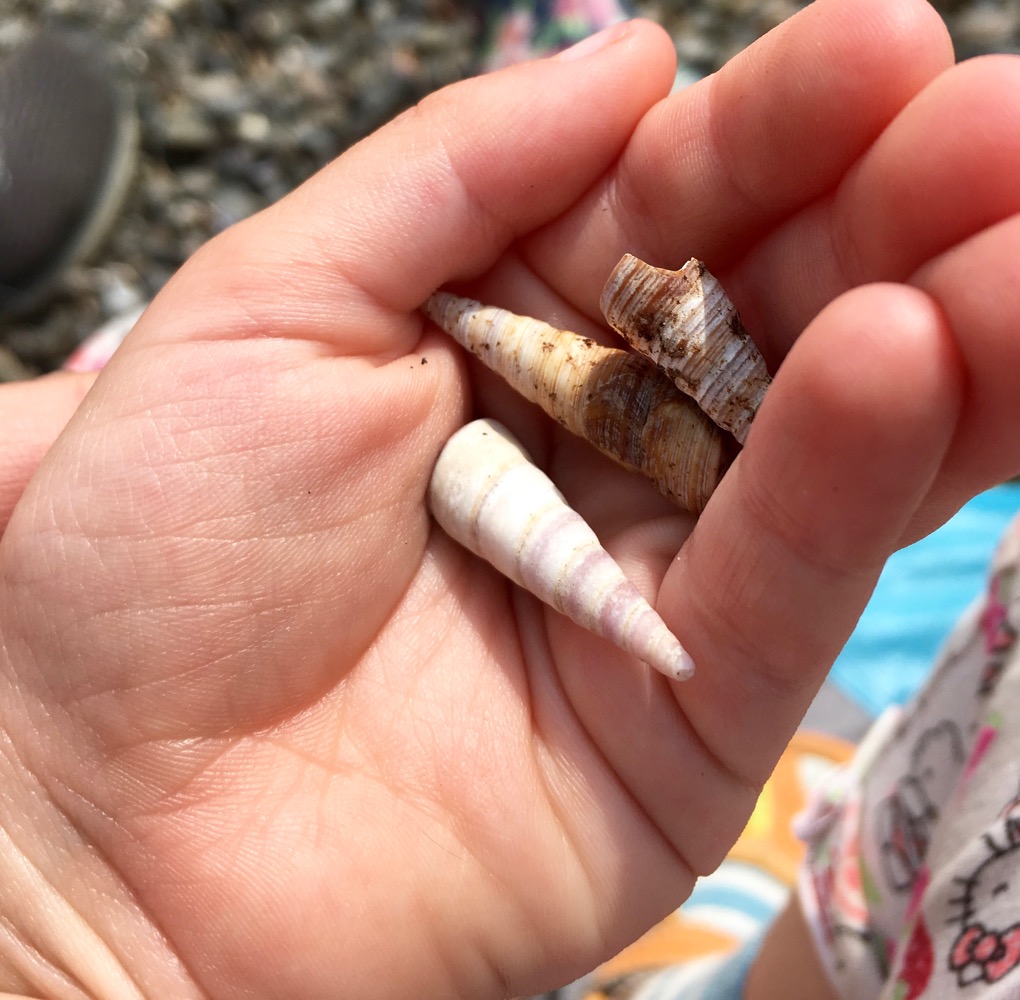
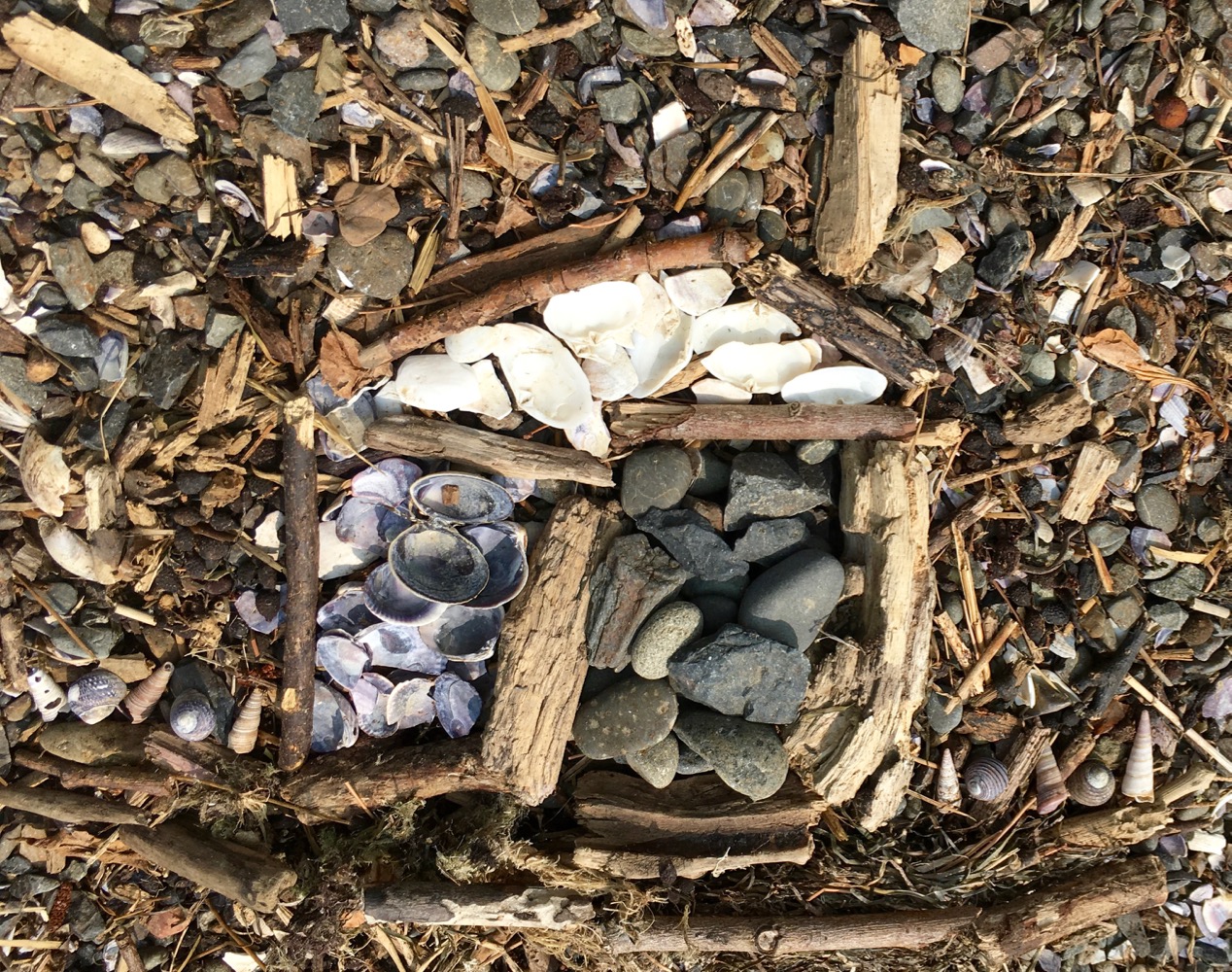
From there we drove into Akaroa proper, an adorable little town that is basically a French version of a Cape Cod town. Everyone in town is very proud of their French settler heritage, and up and down the main street stretch there are crepe places and French flags and cafes. We ate dinner at the far end of the beach, at a relatively nondescript restaurant chosen because the creperies said they were "out" of crepes and the fish and chip shops had Samantha yelling "ANYWHERE other than fried fish! ANYWHERE!" after two weeks of vacation.
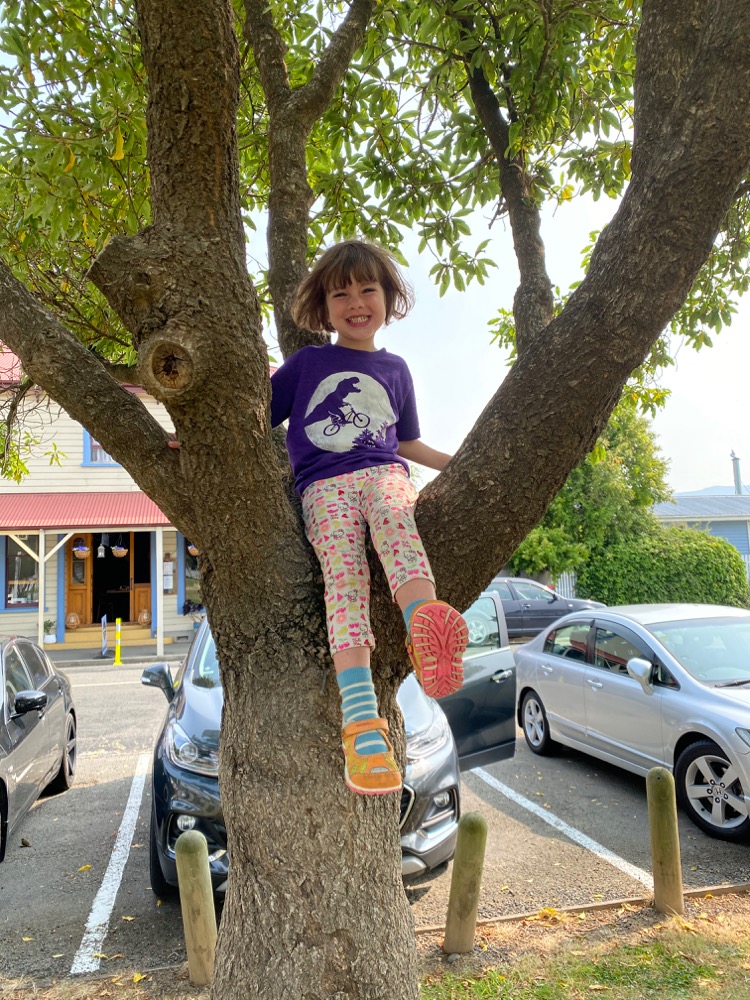
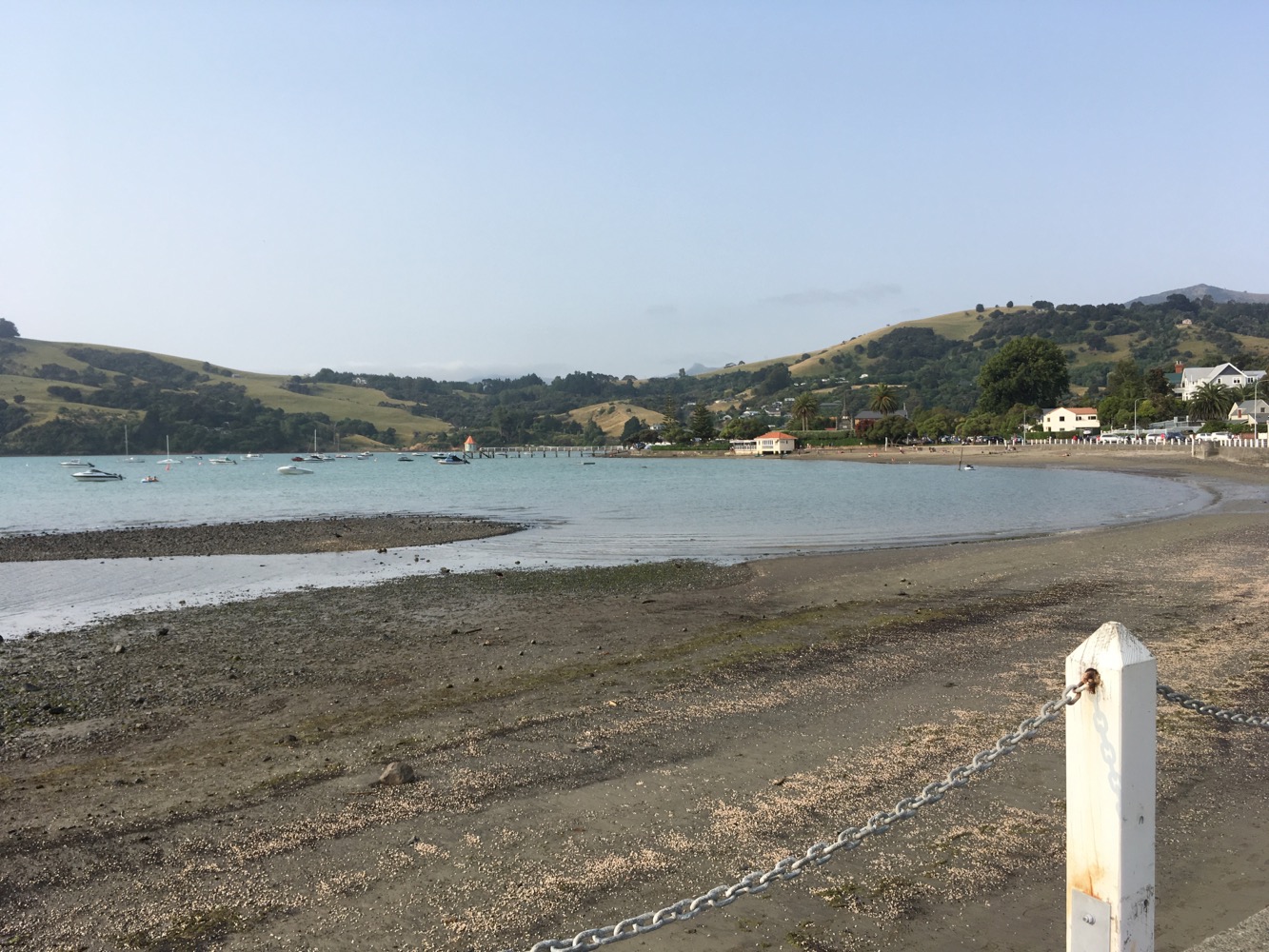
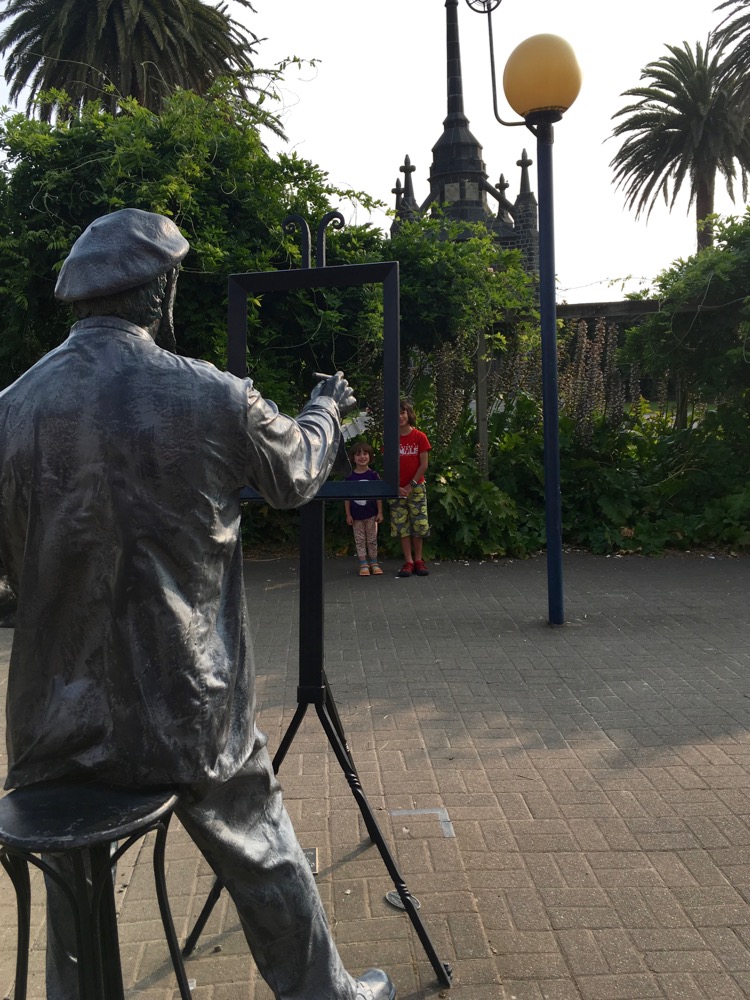
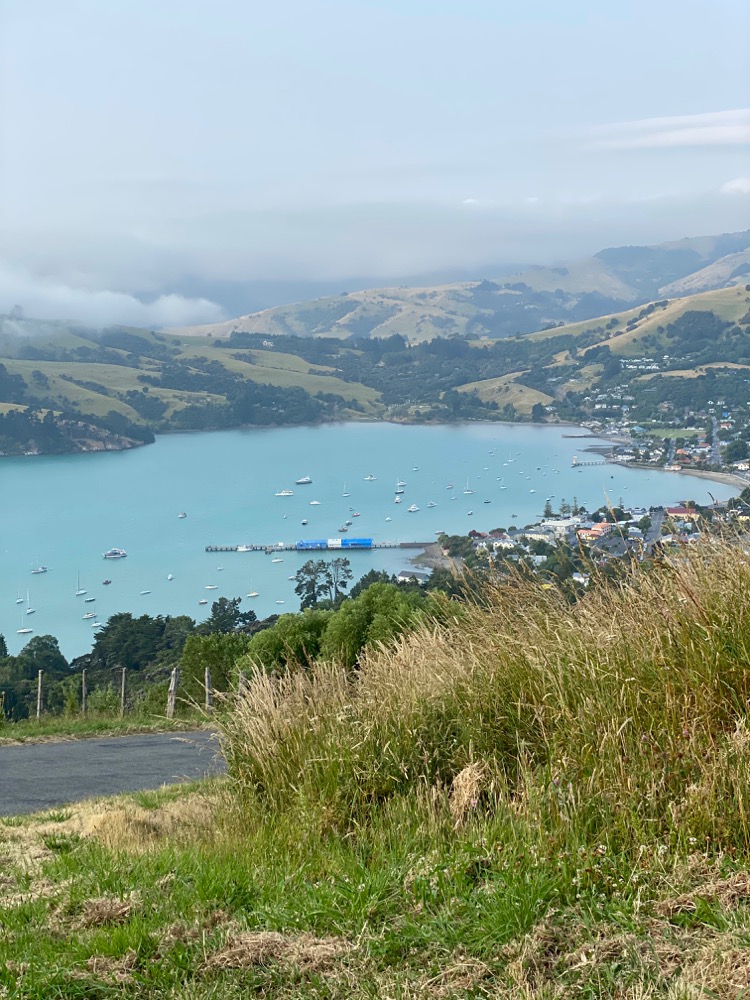
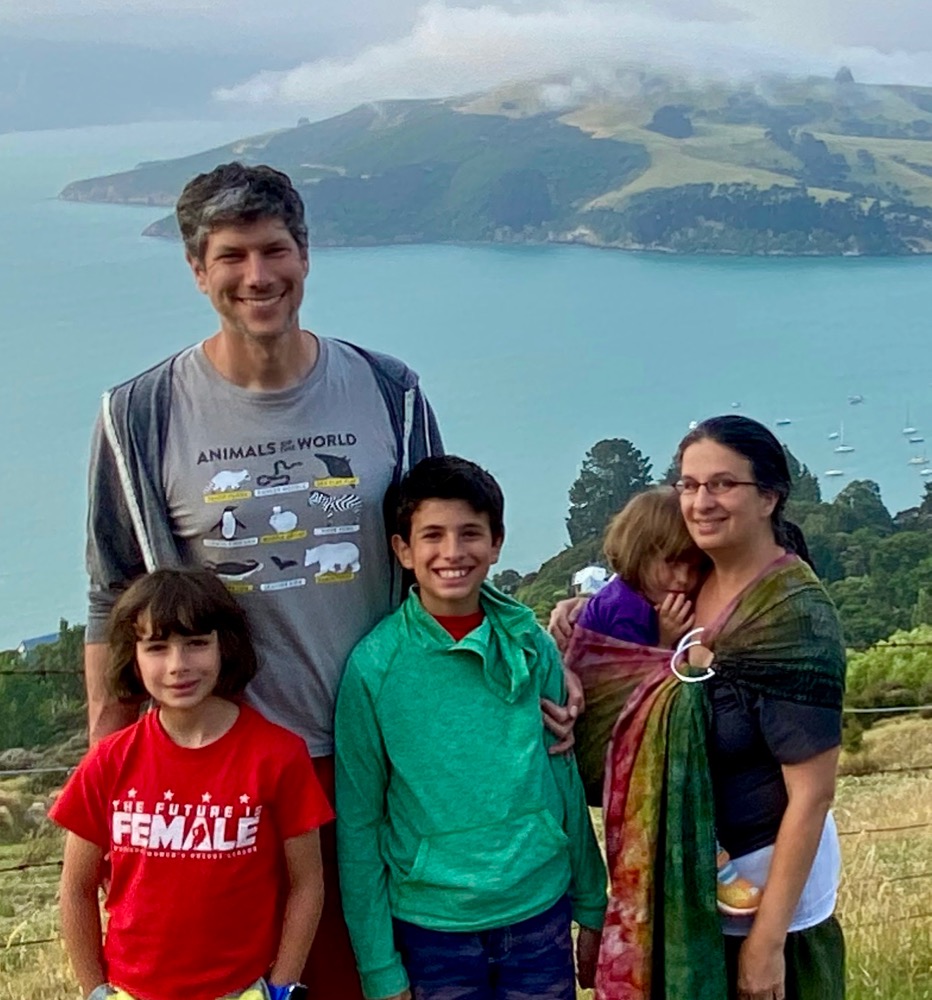
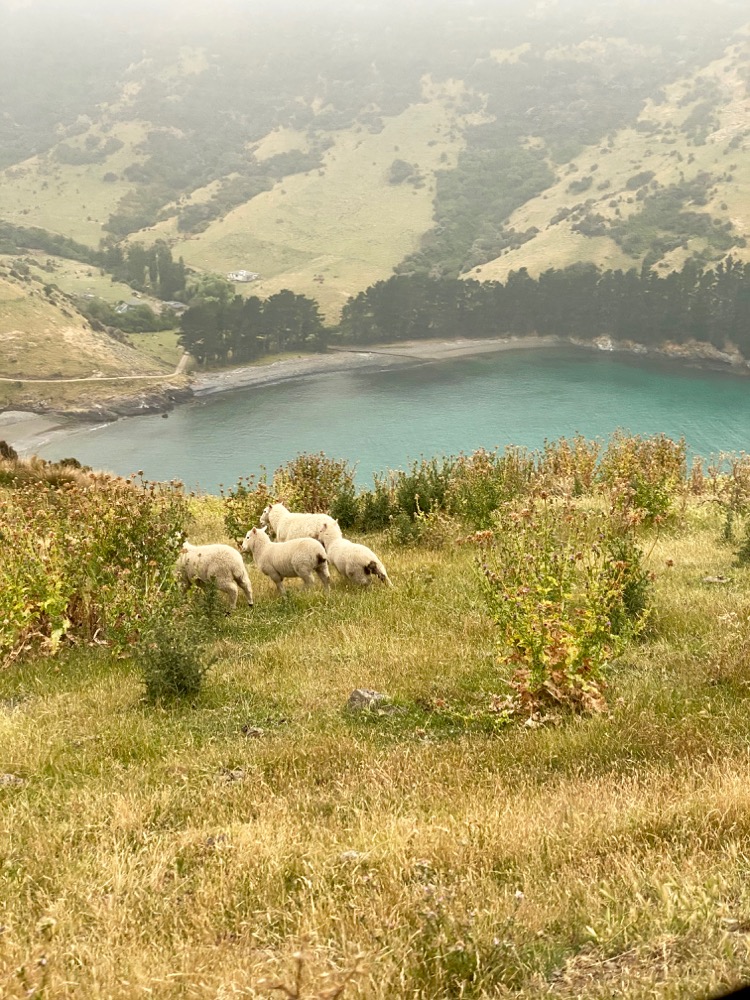
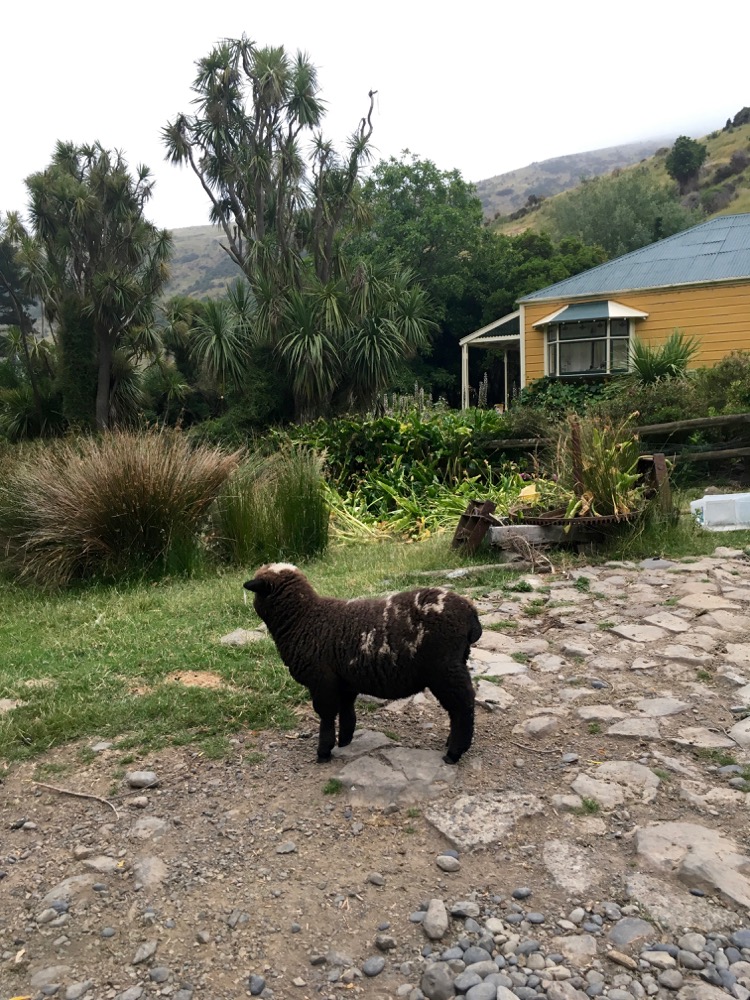

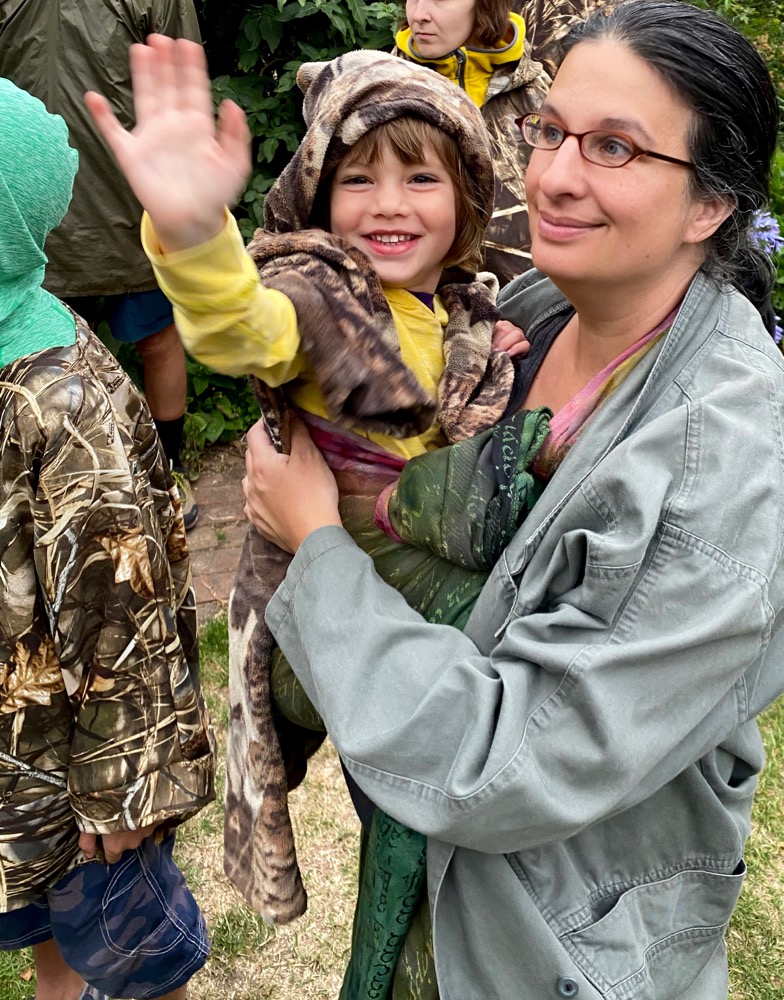
After dinner we met up with workers from a nonprofit that runs a restoration program for little penguins in the Akaroa Bay. They started 20+ years ago getting preservation land status for a large section and then (since penguins are opportunistic nesters, and just by having more available nests they were able to decrease competition and increase penguin populations) just went about building penguin nesting boxes and putting them out and seeing what happened. As it turned out, they’ve had 3-5% population growth each year. They check on the nests daily in nesting season, and if a parent penguin ejects a baby from the nest--sometimes if there is a single parent, they do that because they know they can't bring home food enough for two babies--or if there are two babies and they’re not roughly equal in size (i.e., one is probably stealing all the food and the other is starving), the nonprofit takes them to a rehabilitation nest and hand feeds them until they can release them at six weeks old into the bay. On the way from the town of Akaroa up to the nature preserve and penguin nesting grounds, the guide talked to us about the many threats facing penguins. One that we already knew a little about was the threat of imported, non-native predators. As she explained it, when Europeans came over on ships, rats came along with them, just because there were rats on the ships, and rabbits also came along with them, because they would typically breed rabbits and have them in the hold in order to have a source of fresh meat during the long journeys; some rabbits escaped, though, and liked it here. Some settlers deliberately brought dogs and cats over, and the dogs preyed on little, slow-moving penguins, but things didn't really get bad for the penguins until Europeans decided to bring over predators for the out-of-control rats and rabbits, and they imported stoats and weasels. Of course, did the stoats go after the speedy rabbits, who knew to be on the lookout for them as they were their natural predator, or did the stoats join the dogs in going after those slow-moving little penguins? Clearly the latter. The guide asked some questions about penguin predators, and our family gave her five out of five correct answers; she was very impressed. (Samantha informed her that we had read all about the New Zealand Predator Free by 2050 plan at the National Park on the North Island.)
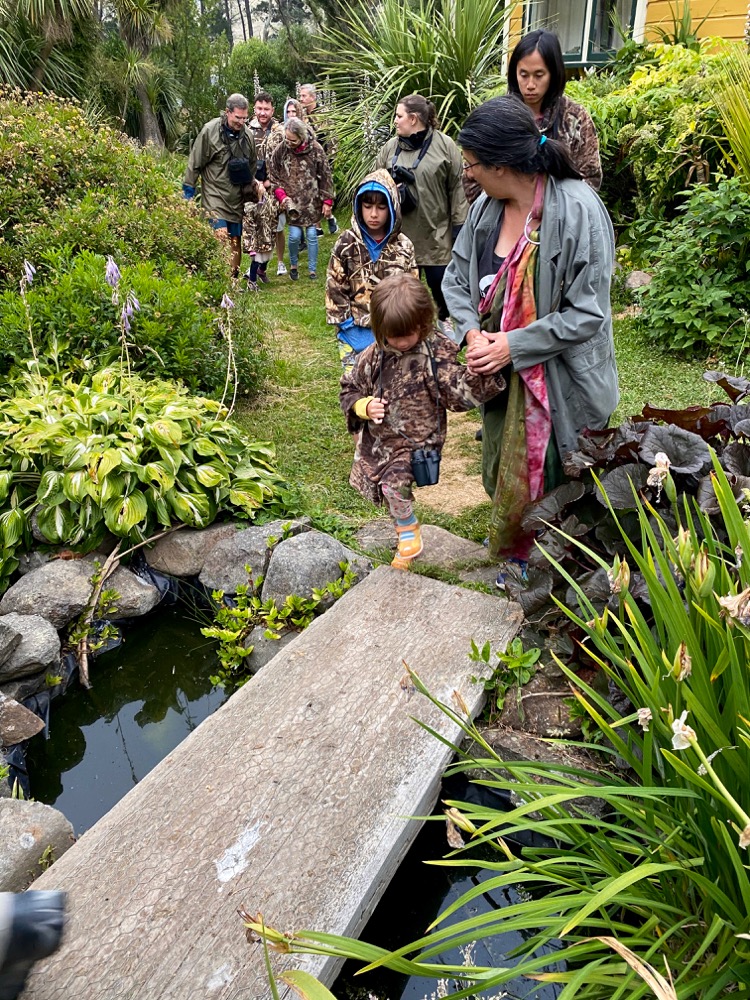
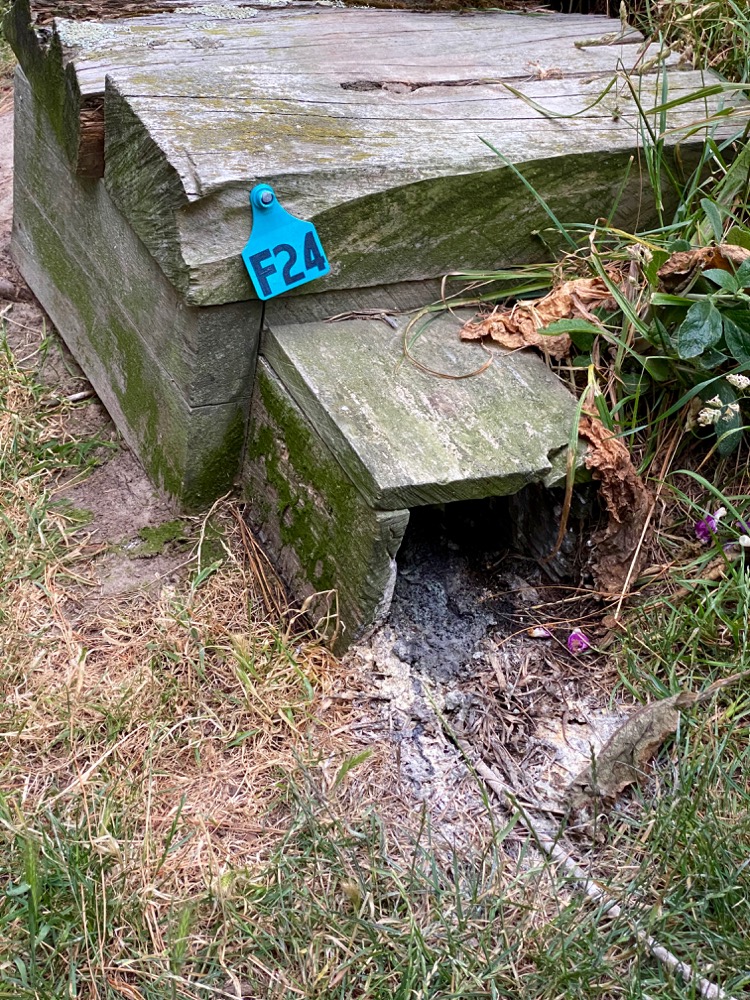
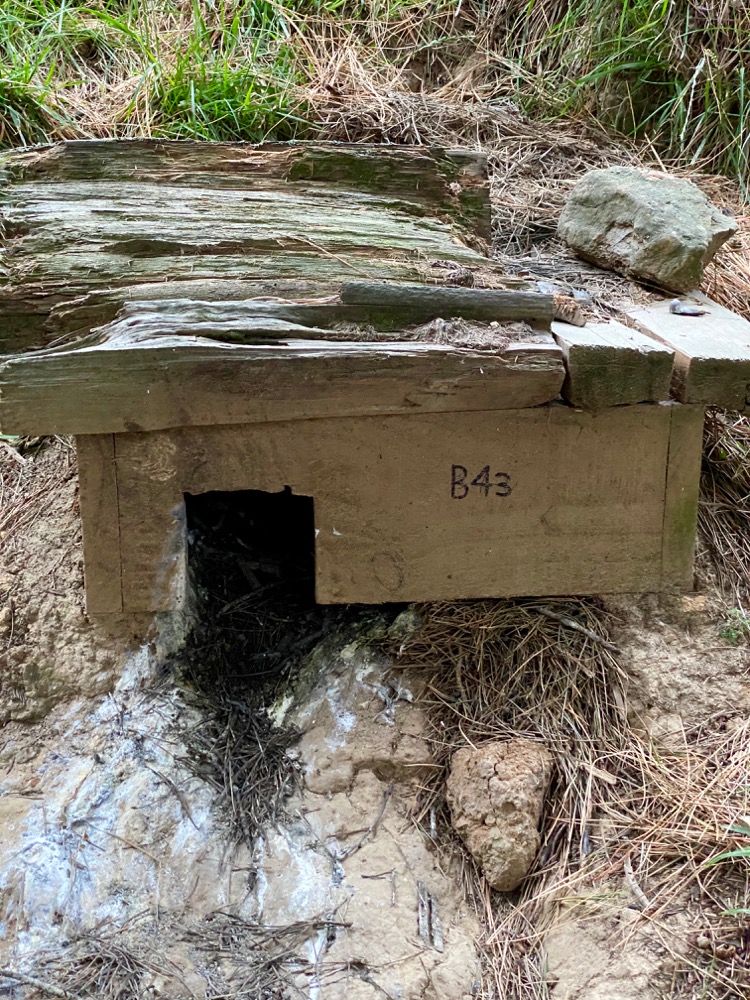
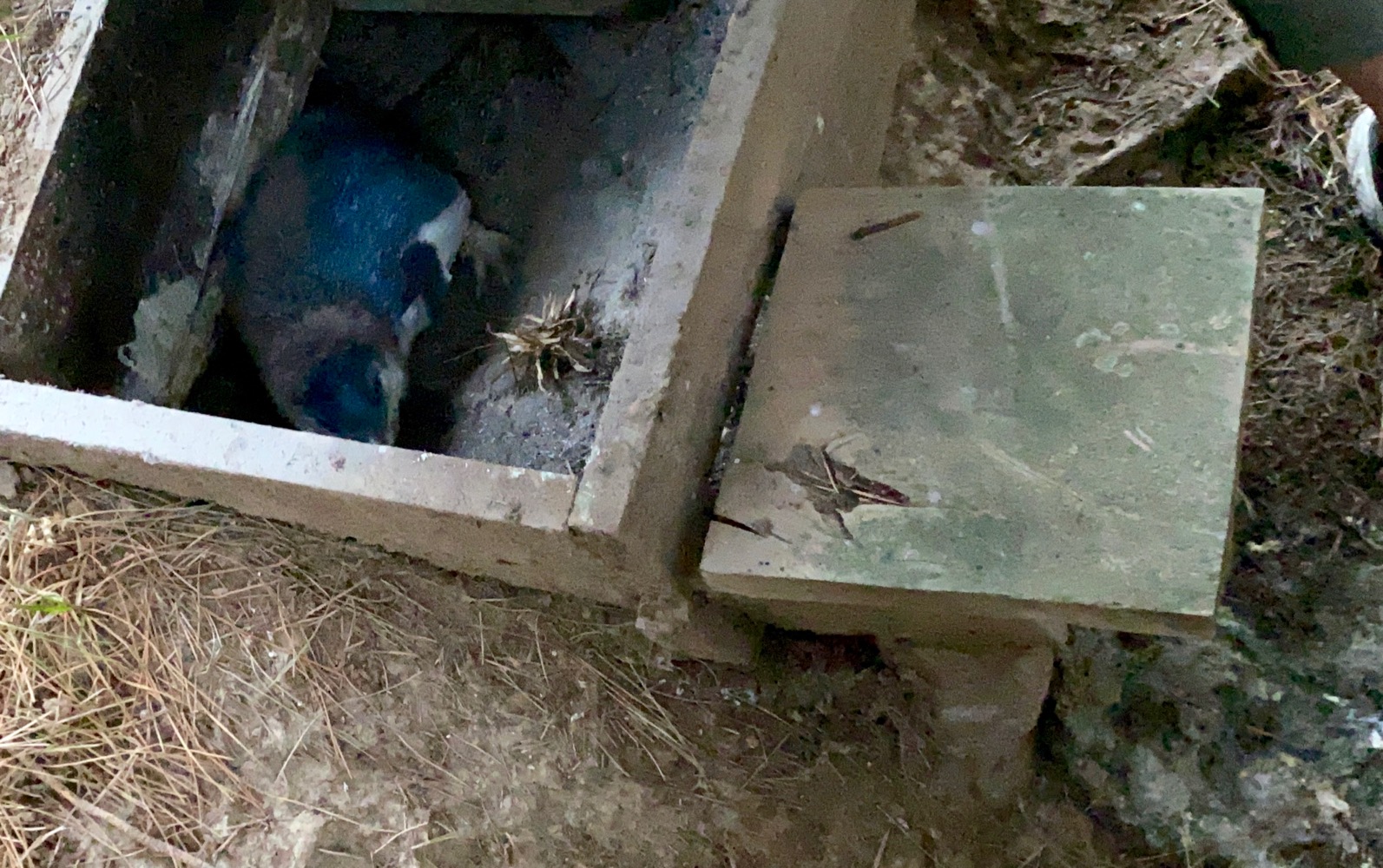

Along with another dozen or so tourists, we got to wear camouflage ponchos and keep very silent so as not to scare the penguins; we saw them feeding the four babies they currently have in rehab, all of which are 2-5 weeks old, and then got to go check on nests with them and then sit in a blind built into a cliff and watch penguins (and seals and other sea birds) out on the water. As it was darkening, we went down to the beach and sat in another blind and watched parent penguins come ashore to go back to the nests to feed their babies. It was a pretty amazing experience, in all—Marcus was over the top and Helen adored it as well (the whole way home she’s been play-acting “I’m a baby penguin and you’re feeding me a fish!”). All the kids liked looking through binoculars at the penguins and sea birds frolicking on the bay, but Samantha was not a fan of the rather pervasive smell (the guide cheerfully explained we were looking for trails of fresh penguin poop to see signs of the parents coming back to the nest, and she even swiped her finger through the poop, expressing satisfaction when it was wet and fresh). The tour went until 10pm, starting and ending in a farmyard with some very friendly sheep, all of whom seemed to get along fine with the penguins, at least judging from the sheep poop we had to pick our way around while checking on the different nests. Our guide was Geraldine, a French-accented woman I admired intensely: a mother of two young girls, she leaves them with her husband at night to go check on penguins and drive a big rattly van up the twisty mountain roads, in thick fog or in the dark, while talking animatedly to us all in the back about climate change and predators and the ecology of penguin habitats. Then she squats down in the dirt and sheep poop and hand-feeds an abandoned baby penguin fish? Wow.
For us, going back over the twisty mountain pass from Akaroa to Christchurch, it was a bit touch and go but again we made it, getting into our hotel just around midnight. That was the hardest segment of driving yet, but eventually all three children were asleep and we emerged into the flat roads of Christchurch.
Christchurch Fun: Friday, January 3rd
We took a slightly later morning, getting up around 8:00 and then out, after the late night last night.
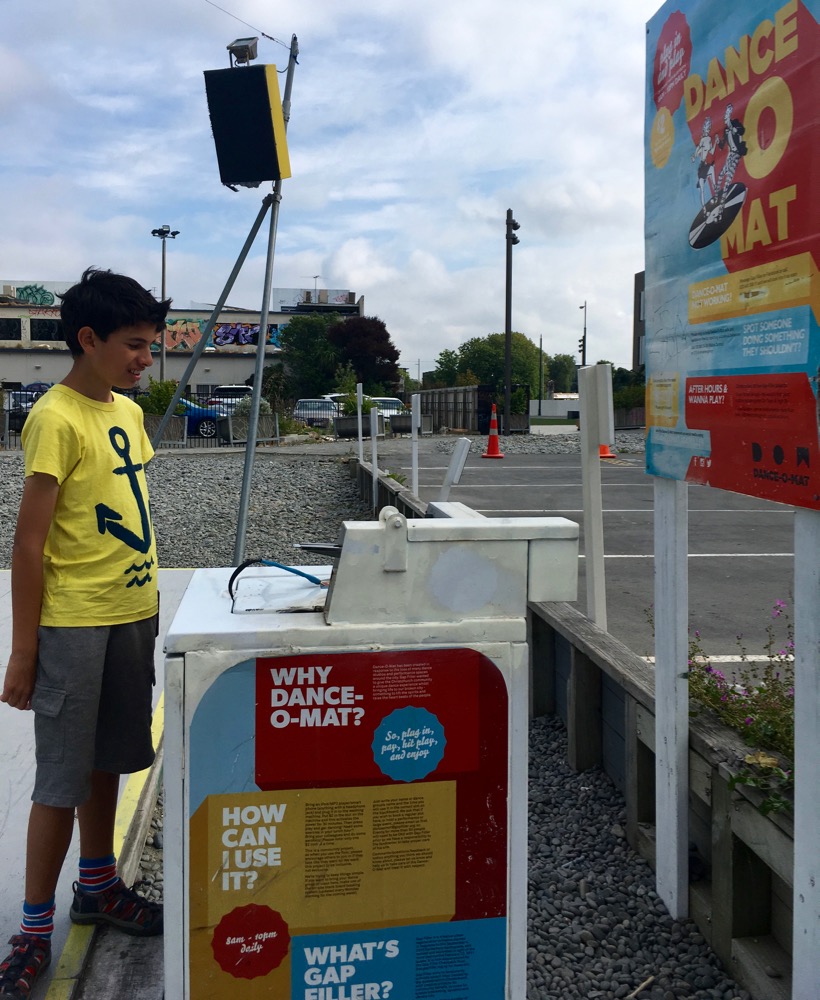
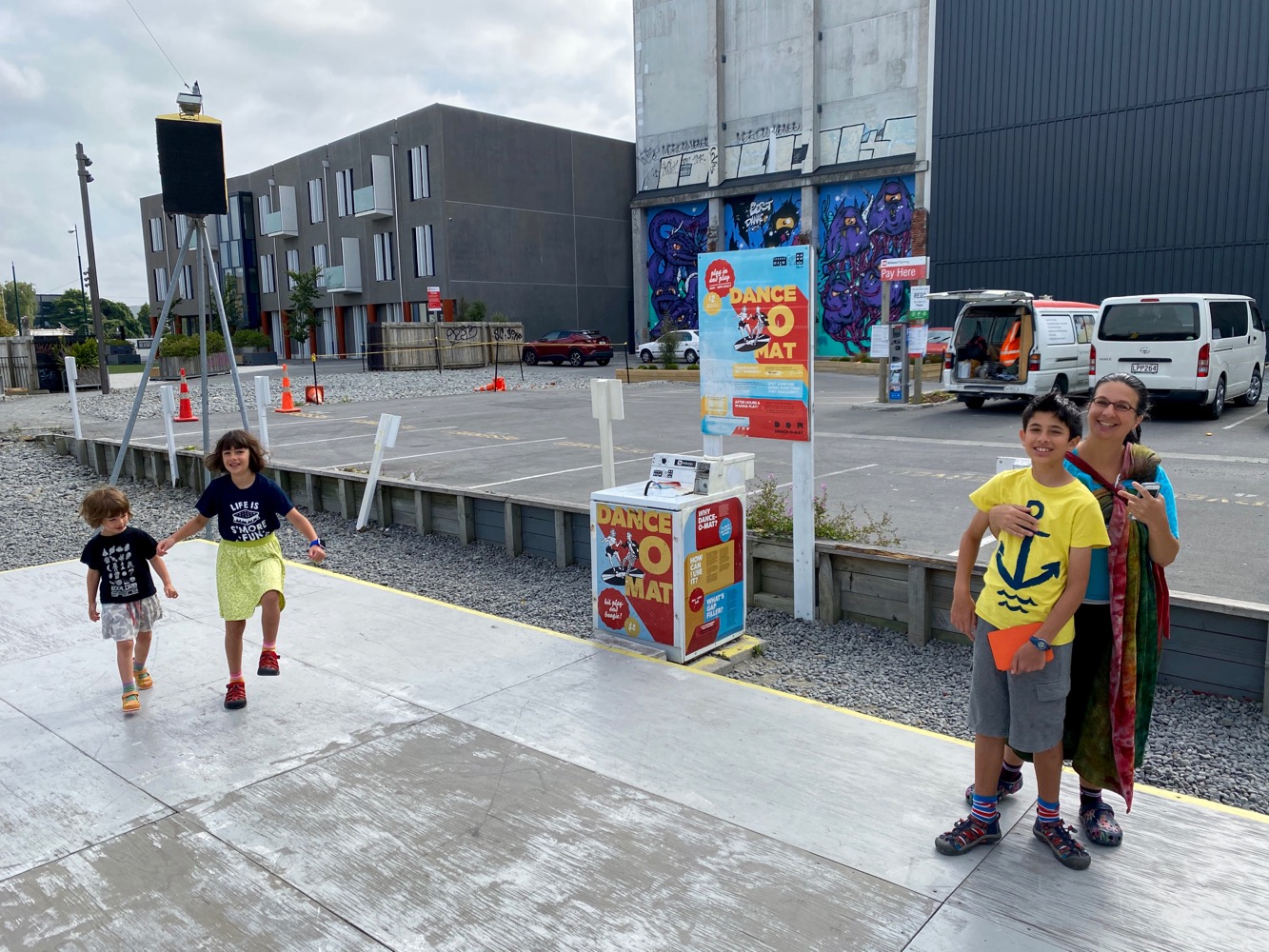
On our last day on the South Island, we had a wonderful time in Christchurch doing city things. We hit a couple locations of the "Gapfiller" program, a program that helped put productive and useful things around the city, after the big earthquakes a few years ago, in the many empty lots created after rubble was cleared away. The Dance-o-mat coin-operated dance floor was particularly cool, but sadly wasn't working for us.
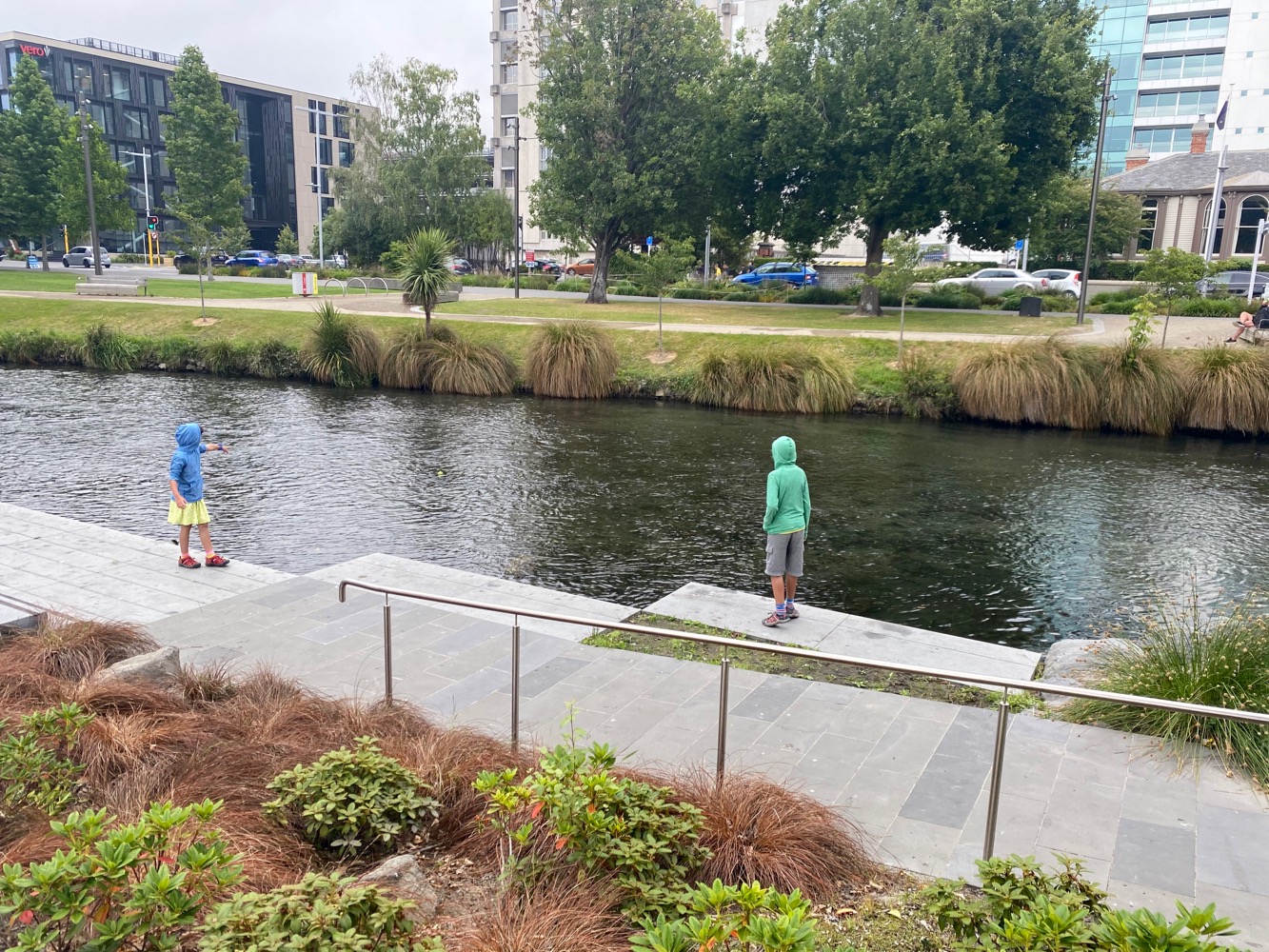
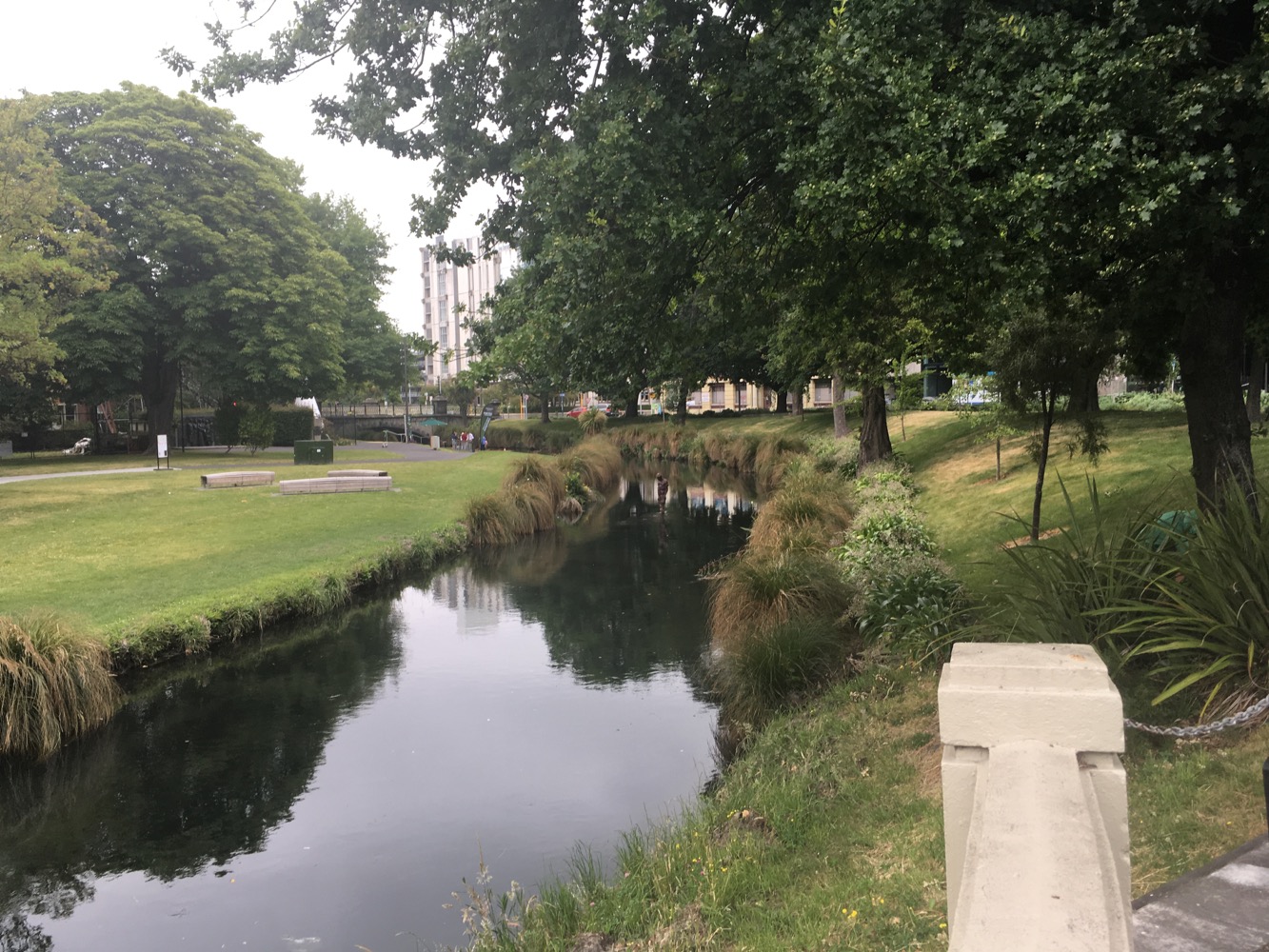
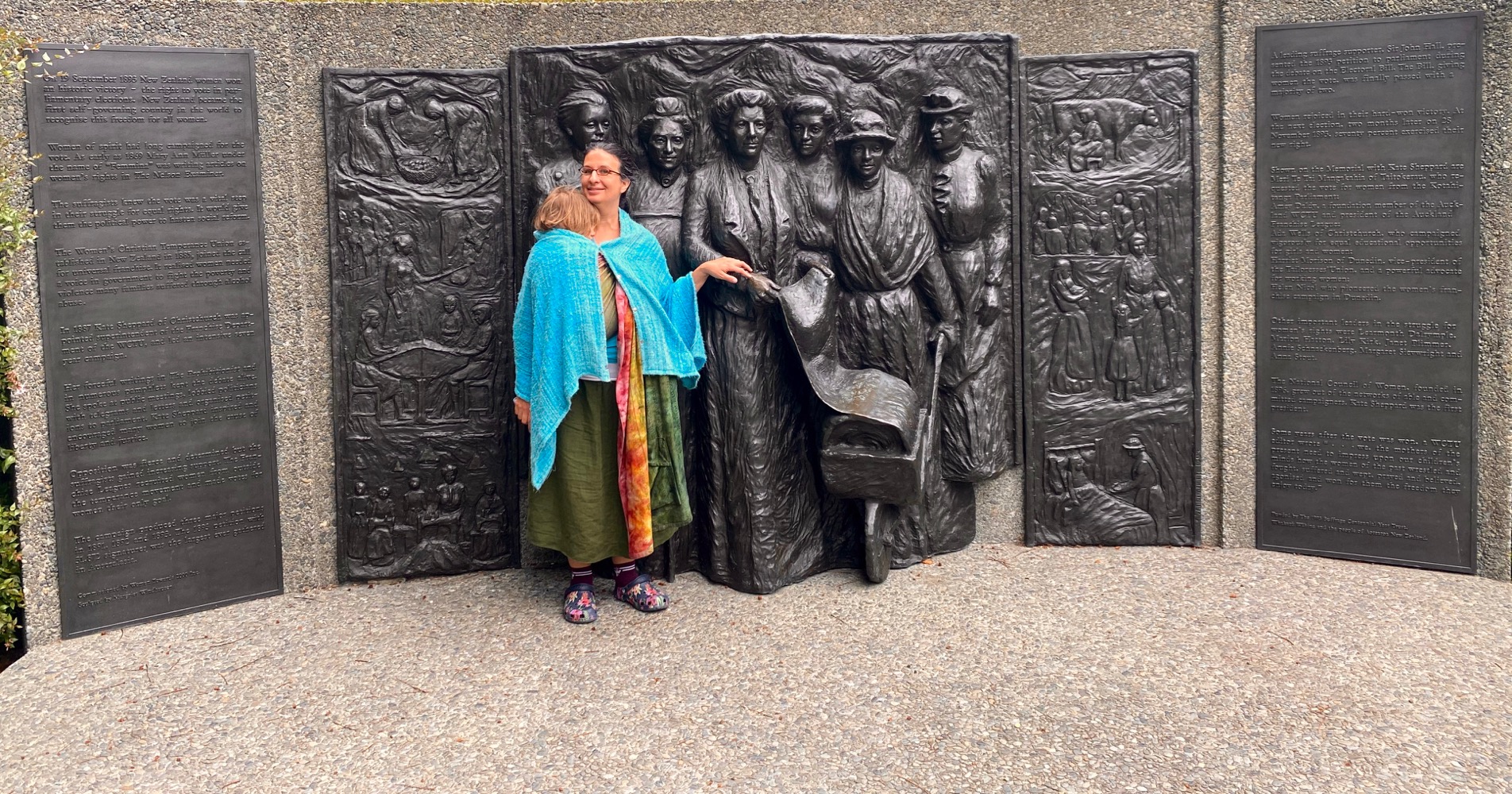
Then we took a walk along the river and went to Quake City, a great earthquake museum with very interesting displays and exhibits (even in the bathrooms), and the fantastic Margaret Mahy Playground. A chatty grandpa, taking care of his two school-aged grandsons during the school holidays while their parents worked in Wellington, talked to me about all sorts of things about New Zealand and the US. Our conversation ranged wildly, and it actually took me awhile to realize that a good proportion of the things he was saying to me--pleasantly, interestingly enough--were hideously racist.
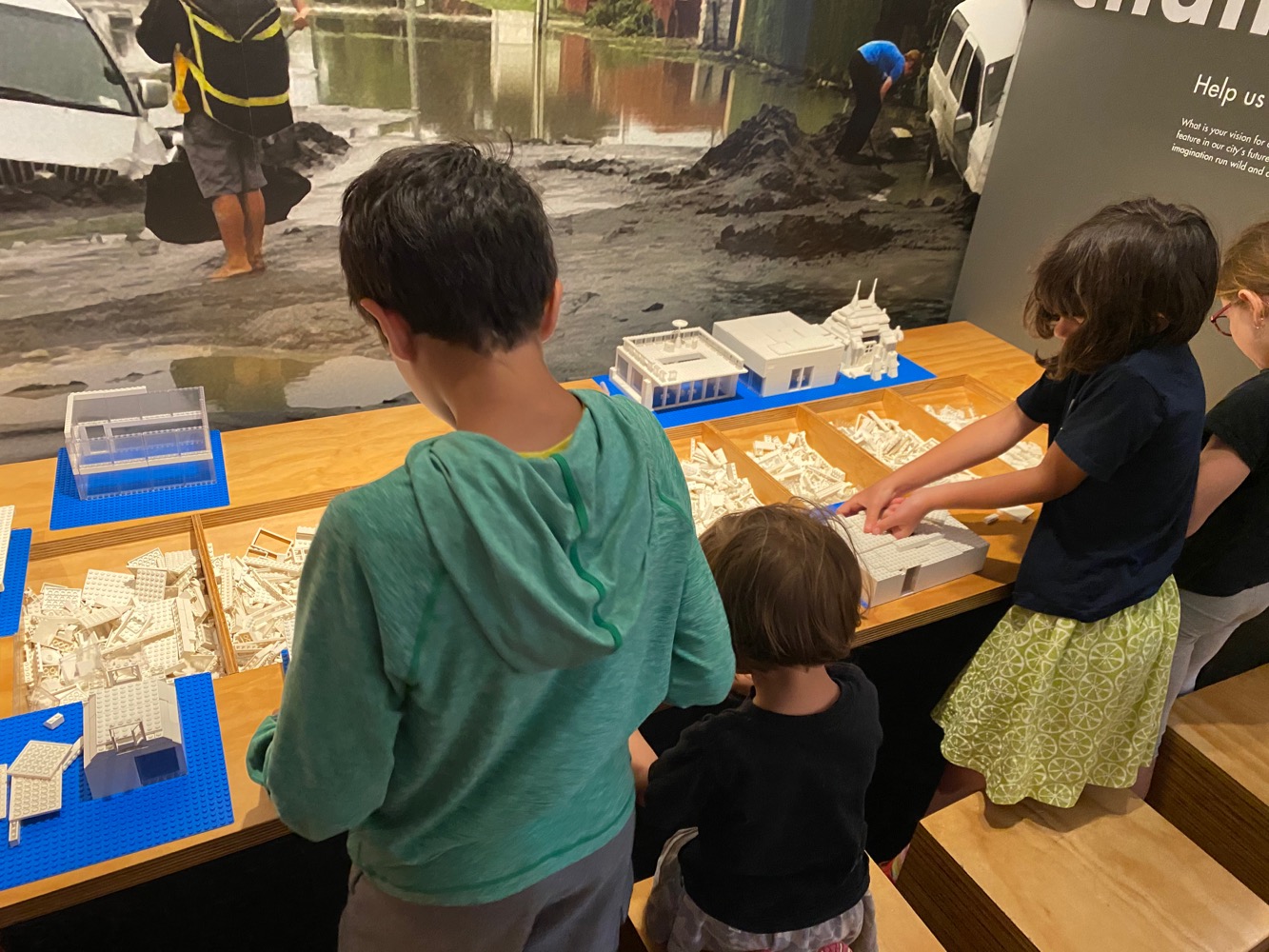
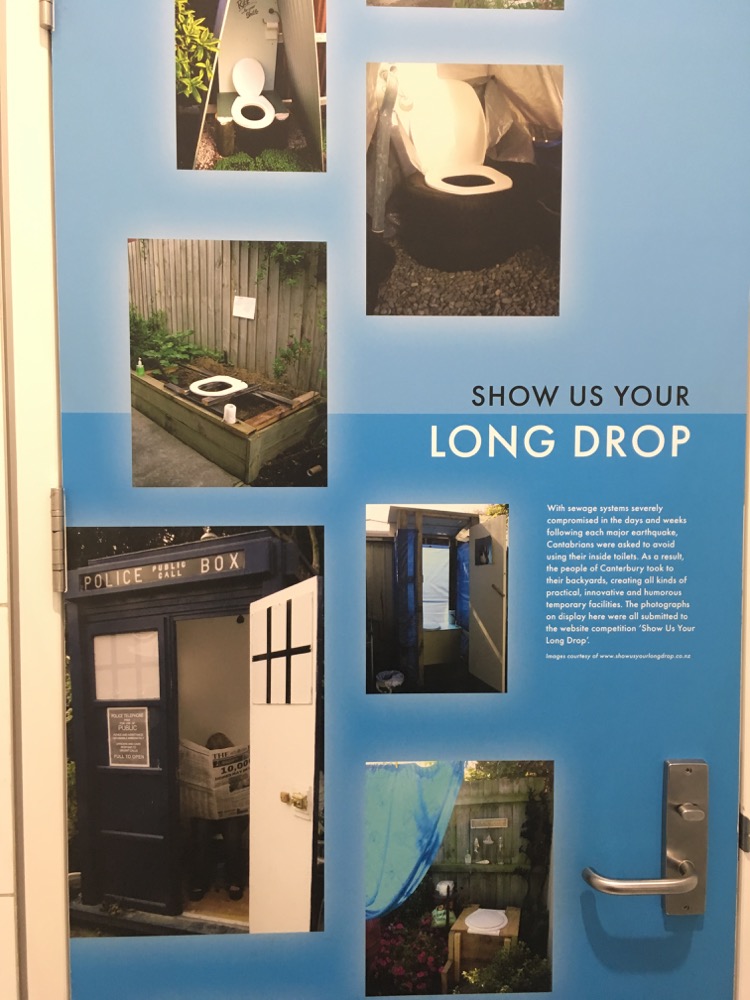
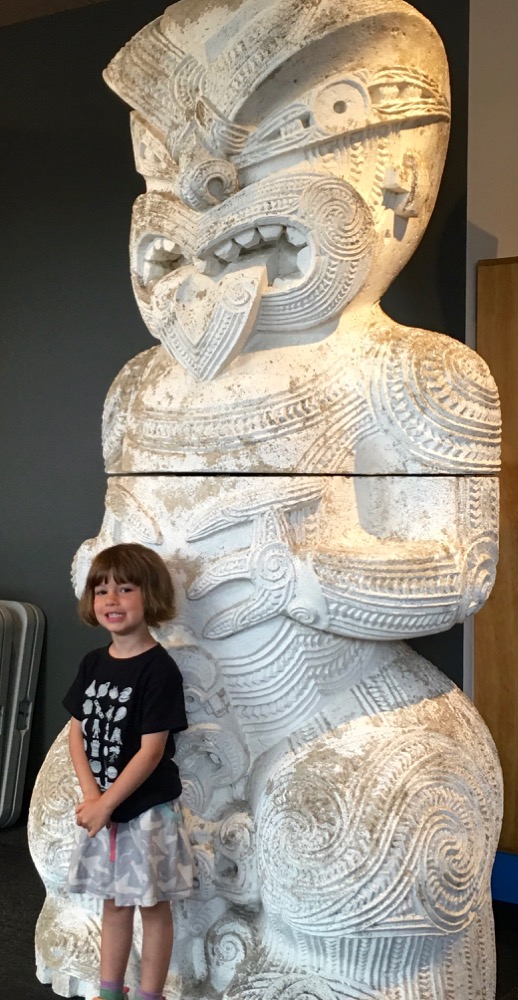
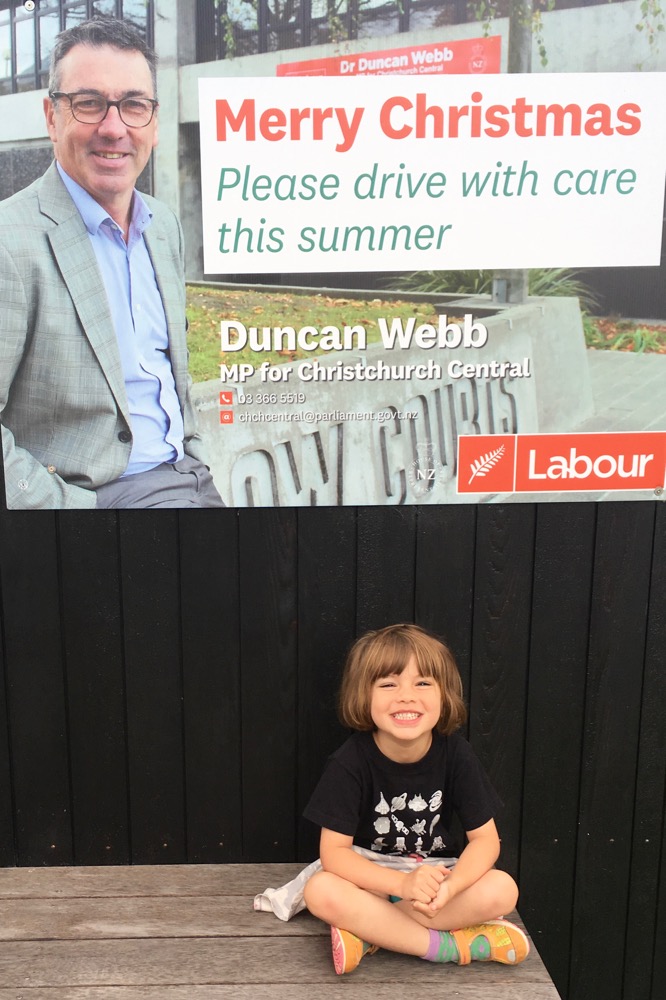
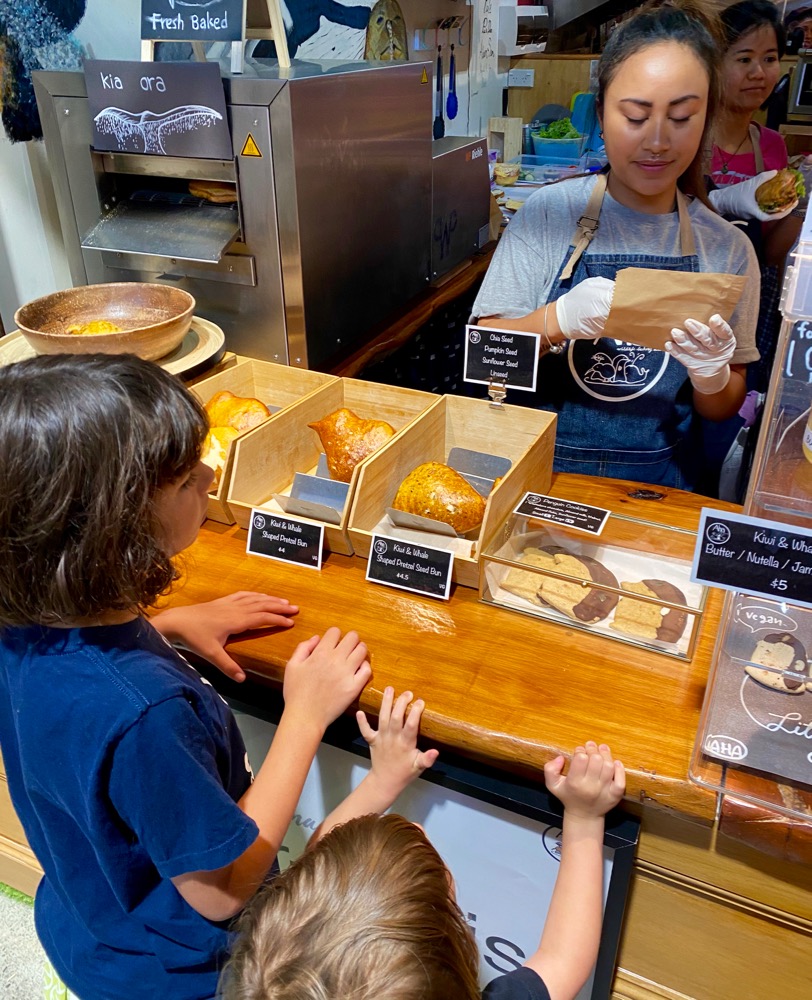
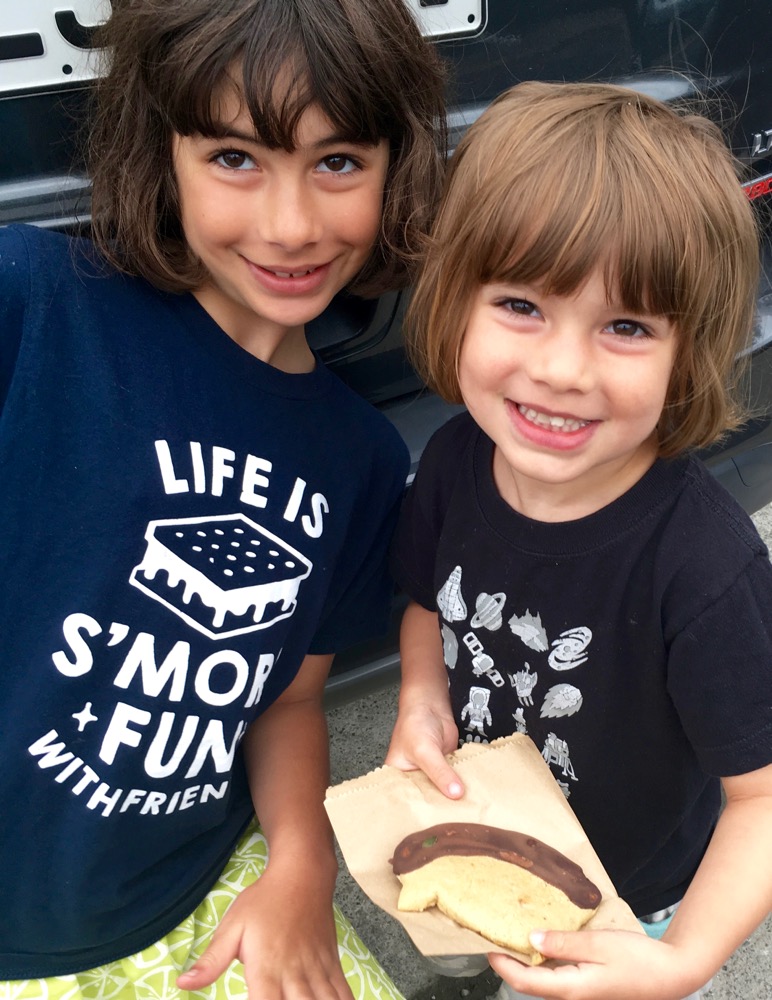
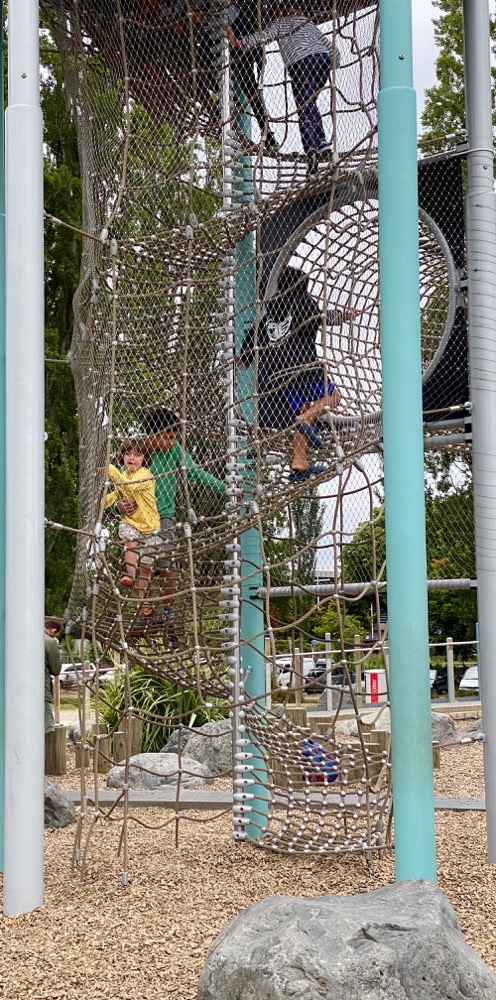
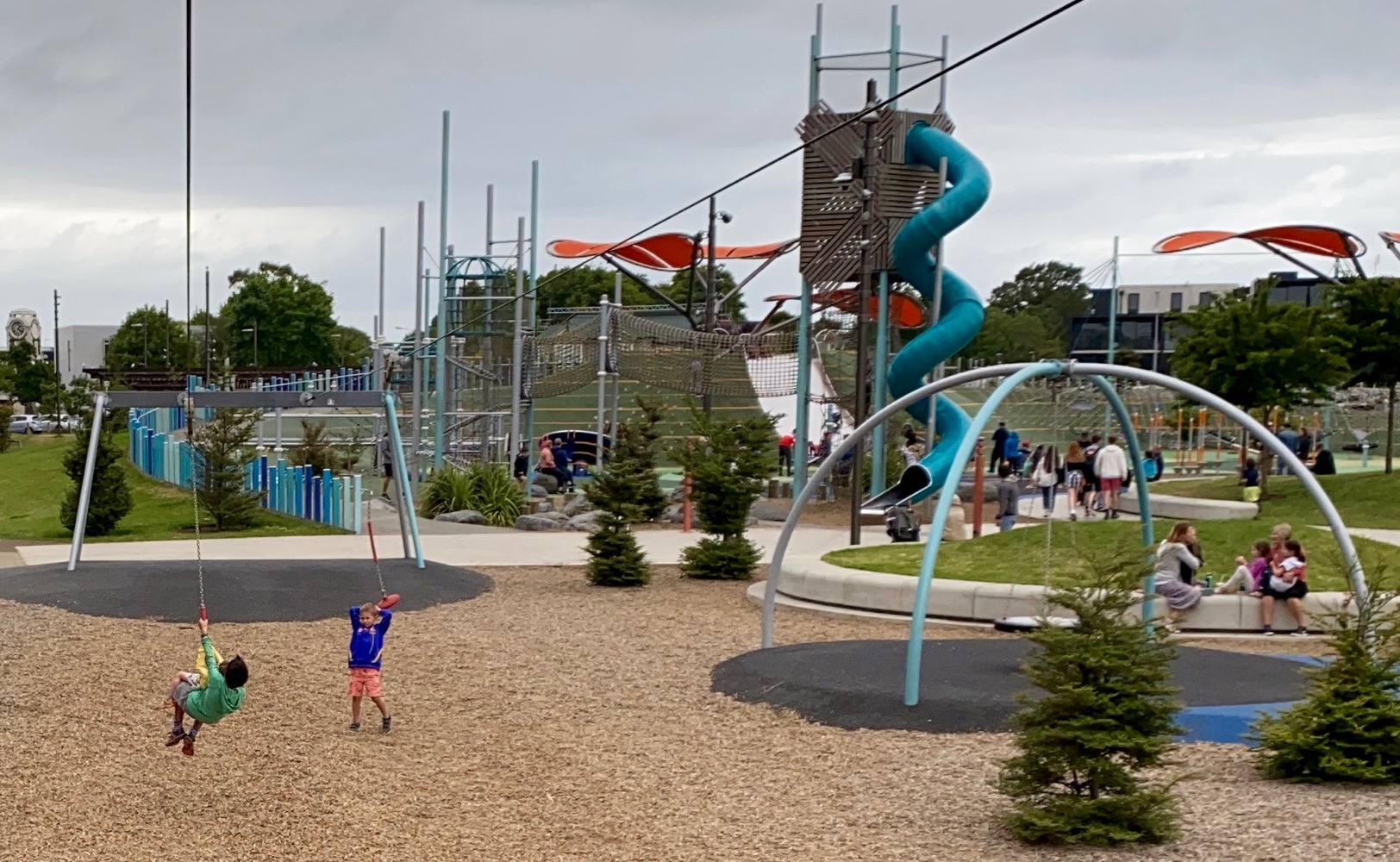

All day we ate assorted delicious things: artisanal chocolate cookies from around the corner from the dancefloor, different pengin-shaped wholemeal sugar cookies, conveyor belt sushi, uttapam, a nutella-filled dosa, momos, Malaysian fried pork on rice (all at another food hall, close to the river walk), and finally cheap chai and jalapeño cheese samosas from the Guruji Indian Foods supermarket. Our last stop was an outpost of Pedro's roast lamb, where we got an entire roasted lamb shoulder with potatoes to go, and brought it home to our hotel/chalet to eat at the dining room table. Marcus had more L&P soda from a supermarket, and we also had the last of our fancy cheese--what a great day of food! Since we knew the next day would be early, we got the kids all washed up and ready for bed by 6:30, and they fell right asleep.
Go back to web essays.
robertandchristina.com
was made with a Mac.
© 2020 C&R Enterprises
Email christina@robertandchristina.com
or robert@robertandchristina.com
Created: 1/6/2020. Last Modified: 1/6/2020.